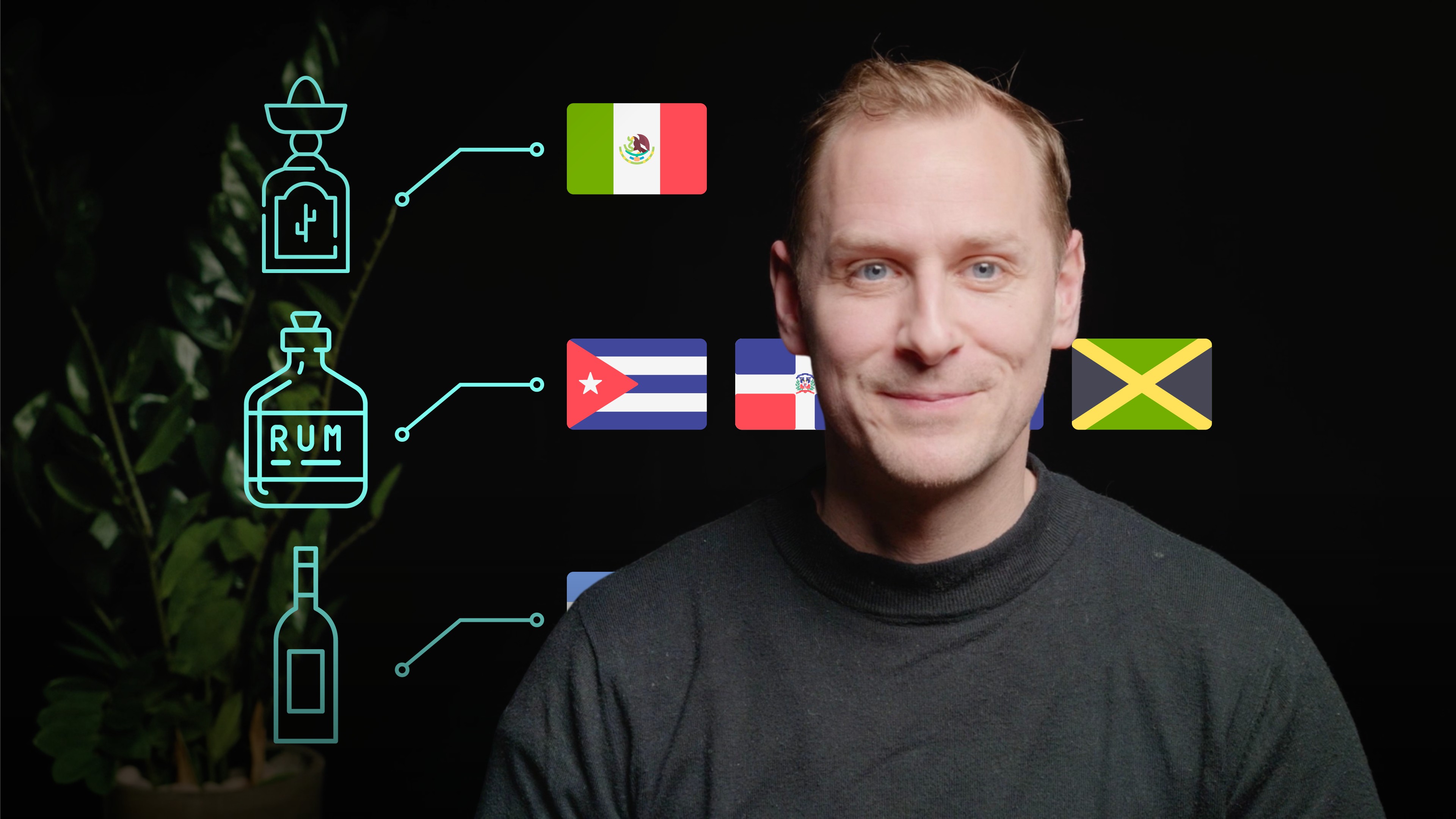
Executing Change in the Hospitality Sector

James Hopkins
Founder: The Cocktail Club
How can small changes make a long-term benefit to a company’s carbon responsibility? Join James Hopkins as he covers how to eliminate inefficiencies with regards to energy, purchasing, waste and community.
How can small changes make a long-term benefit to a company’s carbon responsibility? Join James Hopkins as he covers how to eliminate inefficiencies with regards to energy, purchasing, waste and community.

Executing Change in the Hospitality Sector
14 mins 11 secs
Key learning objectives:
Understand the importance of integrating sustainability and profit
Outline the SME decision matrix
Identify ways to improve cost centre efficiency
Overview:
In the past, you could open a business and simply have our product fit the market, deliver great customer service and be off and running. Now you have to look at operations through a new, sustainable lens. Small changes can have long-term benefits to carbon responsibility and become a part of the culture as a company grows. When planning future projects, you can break down each outcome plan into three cost centres: 1. Areas to get a return on investment whilst reducing carbon responsibility; 2. Areas that will net as cost neutral whilst reducing carbon responsibility; 3. Areas we need to accept the costs as a part of carbon responsibility. You can apply this thinking to major cost centres such as energy, purchasing and waste.
Why is integrating sustainability and profit important?
In the past, you could open a business and simply have our product fit the market, deliver great customer service and be off and running. Now you have to look at operations through a new, sustainable lens. Small changes can have long-term benefits to carbon responsibility and become a part of the culture as a company grows.
What is the SME decision matrix?
When planning future projects, you can break down each outcome plan into three cost centres. You must take into account ways to reduce carbon responsibility, but also make the work environment a better place for staff and a pleasurable experience for customers.
1. Areas where we can invest time, money and resources, get a return on that investment whilst reducing our carbon responsibility.
For example, investing in energy-efficient technology or in renewable sources of energy. This will reduce usage and save on cost.
2. Areas we can invest time, money and resources that will net out as cost neutral whilst reducing our carbon responsibility.
These are the actions driven by a leader in the organisation such as staff welfare. For example, offering the cycle to work scheme or look at businesses procurement procedures.
3. Areas where we need to invest and accept the costs as a part of responsible action to reduce our carbon output.
These can also be areas where the return on investment is intangible. This is usually more complex but necessary in order to get to a net zero target. For example, the cost of carbon accounting, expenditure on resourced offsets, staff welfare and incentives including community contribution.
How can each major cost centre be improved in a hospitality business?
1. Energy
It’s almost unsustainably expensive to bring a site back to its bare bones and perform a full mechanical and electrical plan. This means patchworking over the top of a nest of wires to get the floor layout preferred, which leads to incredible energy leakage and potential for surges that damage devices. Companies such as Oak Network have remote monitoring technology that can be retrofitted and provide real-time data to remotely control usage, and preempt any device increase. At The Cocktail Club, there has been an upward saving of 25% of power usage. Another tip is to keep an eye out for government subsidy programs.
2. Purchasing
Looking at all stakeholders within the supply chain and choosing the right product partners is key. When analysing purchases across the P&L, breaking down the volume of purchases will give a much better indicator of impact. Businesses like ecoSPIRITS are eliminating the need for single use glass bottles. Drinks such as Elements 29 Vodka and Boxer Gin are available in Eco Pouches. It is the business owner's responsibility to engage with brand partners to understand what their sustainability programs entail, do research or simply make it a part of questioning and requirements. Figure out which companies share the same values, where their investment goes and what initiatives can be joined to reduce carbon responsibility.
3. Waste
A detailed analysis of waste produced starts by looking at bar and kitchen schematics, site set up, staff behaviour, internal site operations policies and waste removal partners. It is important to look at purchases and what is delivered, the produce and packaging, what waste is generated and where that waste ends up. Being conscious of making changes to internal behaviour or changing suppliers at any step on this chain can make a big impact down the line. Councils are the go-to for waste disposal but there are third party providers online that will undercut the price per bag from councils. However, asking where they take and treat waste is often met with vague responses. Two impressive operations include DBE Energy and Keenan Recycling, who take food waste and organic matter and turn it into biogas for renewable energy and organic biofertilizer.
4. Community
Building career pathways within a business is a great way to enhance culture. Engaging employees with organisations like Equal Measures and Hospitality Action can help instil a positive work culture. This helps create an environment where staff are supported and can enjoy their work, ultimately making a more attractive employer.

James Hopkins
There are no available Videos from "James Hopkins"





















